Disclosure: This article contains affiliate links. We may earn a commission from purchases at no extra cost to you, which helps our travel content.
The first time I stepped off the U-Bahn at Stephansplatz, I felt like I'd walked through a time portal. Vienna doesn't just preserve its imperial past—it wears it like a perfectly tailored suit, comfortable in its historical significance while simultaneously embracing modernity. After multiple visits exploring this city's remarkable public transportation and hunting for vintage educational materials in its hidden shops, I've crafted what I consider the perfect Habsburg history tour for a fall weekend. Grab your partner, pack a light jacket, and prepare for three days of architectural grandeur, musical genius, and yes, the best damn coffee and cake you'll ever experience.
Day 1: The Imperial Heart of Vienna
Start where the Habsburgs did—at the magnificent Hofburg Palace complex. Rather than rushing through, I recommend dedicating your entire morning to exploring this sprawling testament to imperial power. The Imperial Apartments offer an intimate glimpse into Franz Joseph and Elisabeth's private lives, while the Sisi Museum demystifies the cult of personality around Austria's beloved empress.
After absorbing centuries of Habsburg opulence, you'll need sustenance. Skip the obvious tourist traps and head to Café Central, where Leon Trotsky once played chess and Sigmund Freud contemplated the human psyche over Viennese melange. The vaulted ceilings and newspaper racks maintain the intellectual atmosphere that has defined this coffeehouse since 1876.
As afternoon approaches, take a leisurely stroll down Kohlmarkt and Graben, Vienna's premier shopping streets. While luxury brands dominate the main thoroughfares, duck into the side streets where I've discovered shops selling everything from antique maps to vintage educational posters that now adorn my Milan apartment.
End your first day with an evening at the Vienna State Opera. Even if you're not typically an opera enthusiast, the experience transcends the performance itself. I always bring my pocket opera glasses for a better view of both the performers and the ornate interior details of this 19th-century architectural masterpiece.
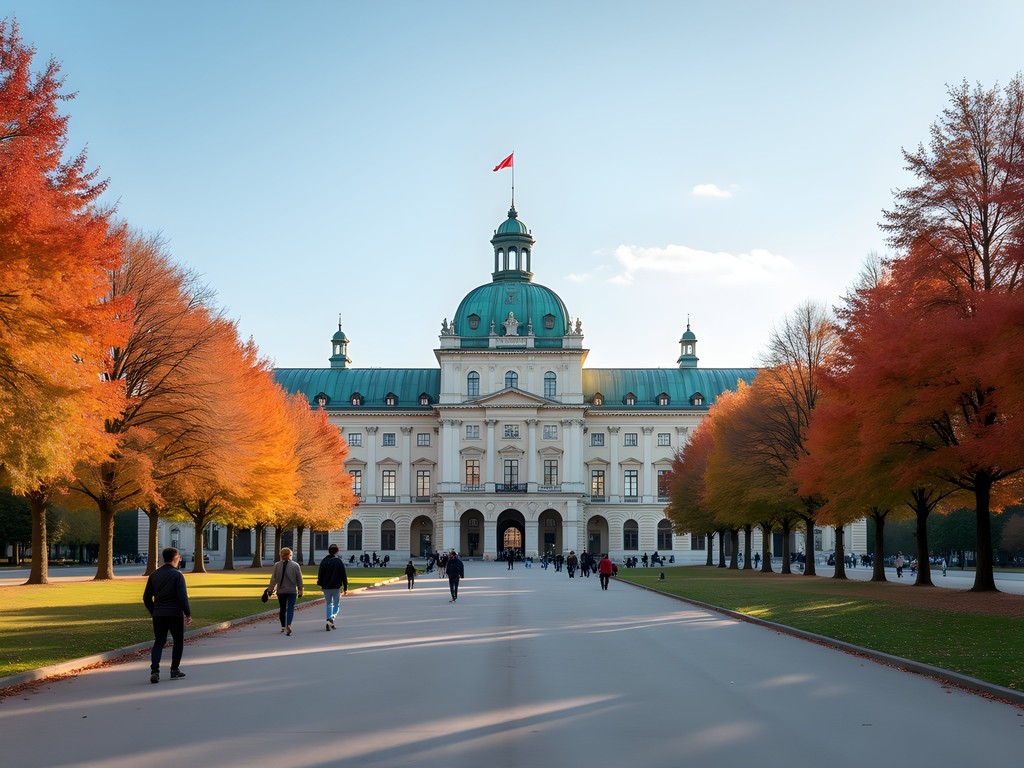
💡 Pro Tips
- Book opera tickets online weeks in advance or try for same-day standing room tickets (€10) 90 minutes before performances
- The Hofburg's Silver Collection is less visited but fascinating for history buffs
- Vienna's transit pass (Wiener Linien) covers all public transportation and is more economical than single tickets
Day 2: Schönbrunn and Musical Heritage
Vienna's public transportation system makes reaching Schönbrunn Palace a breeze—just hop on the U4 line and you'll arrive at the Habsburgs' summer residence in about 15 minutes from the city center. I recommend arriving when they open at 8:30 AM to beat the crowds. The palace itself is magnificent, but it's the gardens that steal the show, especially in fall when the formal parterres transition to warm amber hues.
Purchase the Classic Pass which includes the Grand Tour of the palace interior (40 rooms instead of the basic 22) and access to the maze and other special gardens. For the best views, make the moderately challenging climb up to the Gloriette pavilion—the panorama of Vienna sprawling before you is worth every step.
After lunch at the on-site Café Gloriette (their apple strudel is legitimately life-changing), head back to the city center for an afternoon dedicated to Vienna's unparalleled musical heritage. The House of Music (Haus der Musik) interactive museum offers a refreshing hands-on approach to classical music that appeals even to those who might normally find the subject intimidating.
For dinner, escape the tourist circuit and dine at Glacis Beisl, a hidden garden restaurant near the MuseumsQuartier. Their modern take on traditional Austrian cuisine pairs perfectly with local wines.
End your day with a concert at the Musikverein or Konzerthaus—I always pack my travel pillow for the journey home, as you'll likely be floating on a cloud of Mozart and Strauss melodies on the late-night tram ride back to your accommodation.
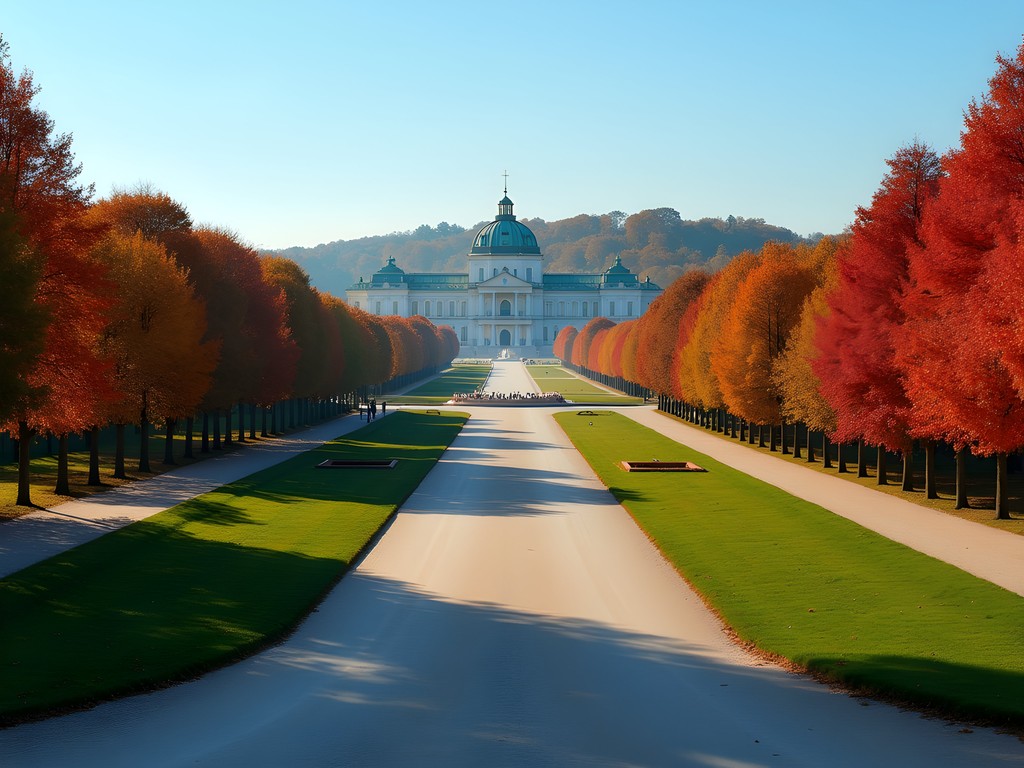
💡 Pro Tips
- Download the Wien Mobil app for real-time public transit information
- The Vienna Pass includes skip-the-line entry to Schönbrunn and public transport
- Concert tickets are often available last-minute at a discount from the box offices after 6pm
Day 3: Vintage Treasures and Coffee Culture
On your final day, dive into my personal obsession: Vienna's vintage and antique scene. Begin at the Naschmarkt, Vienna's largest outdoor market. While the fresh produce is tempting, Saturday mornings bring the adjacent flea market where I've unearthed everything from century-old educational charts to Habsburg-era postcards. Come with cash and your negotiation skills—vendors expect friendly haggling.
For serious vintage hunters, take tram D to the Dorotheum, Austria's largest auction house. Even if you're not bidding, browsing their preview exhibitions feels like visiting a museum where everything is potentially for sale.
After a morning of treasure hunting, it's time to embrace Vienna's coffee house tradition properly. My absolute favorite is Café Sperl, largely unchanged since 1880, where the pace of life slows appreciably. Order an einspänner (coffee with whipped cream) and a slice of Sachertorte, then linger for an hour with a newspaper or book—it's not just allowed but expected.
For lunch, the nearby Naschmarkt offers countless options, but I recommend Neni for Mediterranean-influenced Austrian cuisine that provides a welcome break from heavier traditional fare.
Spend your afternoon at the Belvedere Palace, home to Gustav Klimt's iconic "The Kiss" and other Austrian masterpieces. The palace gardens, designed in the French style, offer peaceful reflection spaces between art viewings.
Before departing Vienna, make a final pilgrimage to Demel, the former imperial confectionery. Their handmade chocolates make perfect gifts, and I never leave without a tin of their Viennese hot chocolate mix to recreate a taste of Habsburg elegance back home.
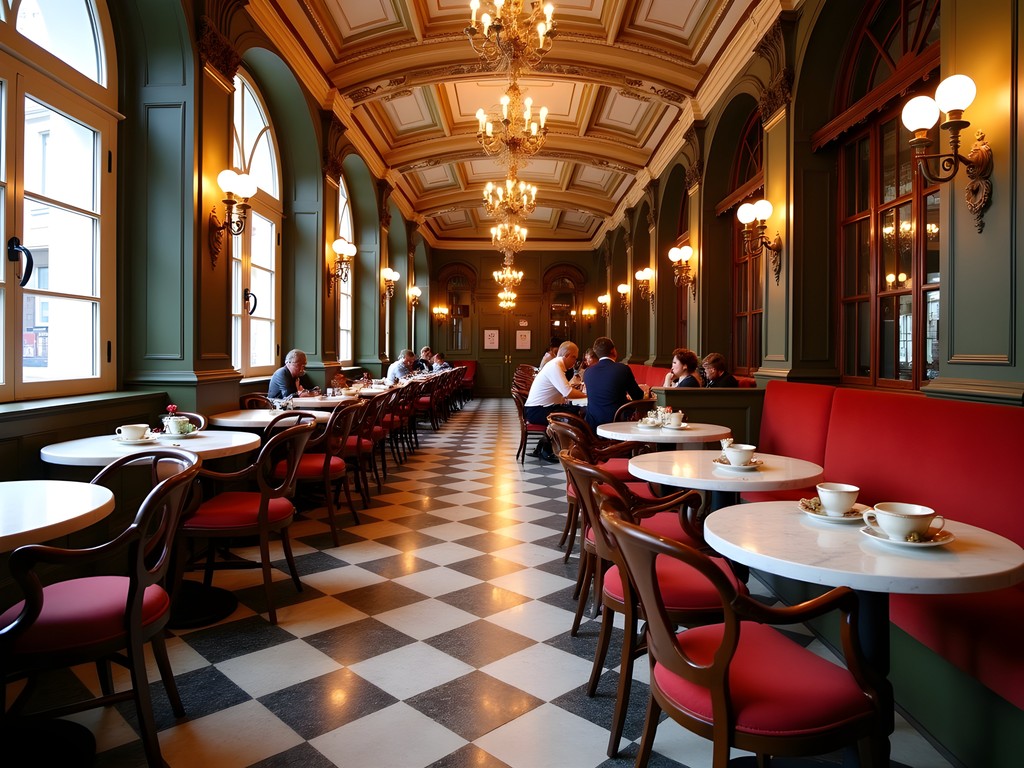
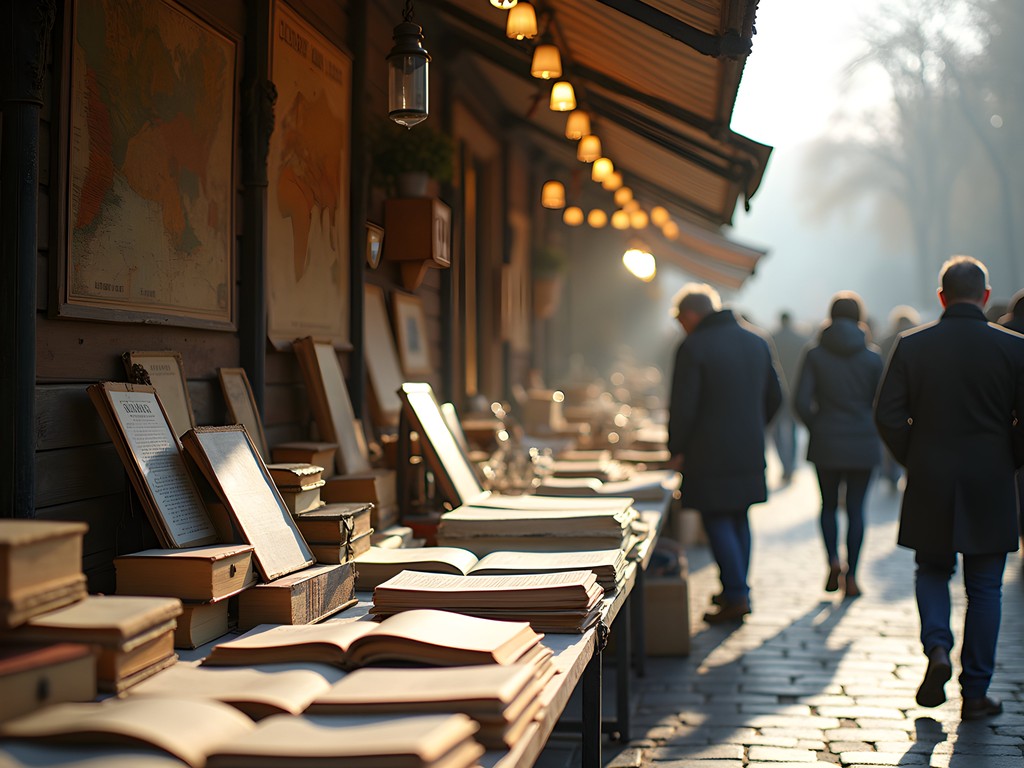
💡 Pro Tips
- Bring a foldable reusable shopping bag for flea market finds
- Most Viennese coffee houses don't rush customers—one drink entitles you to sit for hours
- Many shops are closed on Sundays; plan your vintage shopping for Friday or Saturday
Navigating Vienna Like a Local
As someone obsessed with public transportation systems worldwide, I can confidently say Vienna's ranks among the most efficient and user-friendly I've encountered. The integrated network of U-Bahn (subway), trams, and buses makes reaching even outlying attractions remarkably simple.
For your three days, I recommend purchasing the 72-hour Vienna Card, which combines unlimited public transportation with discounts to major attractions. While slightly more expensive than the standard transit pass, the museum discounts quickly make up the difference if you're visiting multiple sites.
Vienna's logical layout centers around the Ringstrasse, the grand boulevard that circles the historic first district. This circular orientation makes navigation intuitive once you understand that most major sights are either within the Ring or directly adjacent to it. I find the Vienna street map particularly useful as it highlights architectural landmarks that serve as excellent navigation references.
When venturing beyond the center, the city's color-coded transit lines are remarkably punctual. Download the Quando mobile app for real-time departure information—I've found it more reliable than Google Maps for Vienna's transportation network.
Finally, don't overlook Vienna's excellent bike-share system, Citybike Wien. With numerous stations throughout the city and the first hour free, cycling along the Ringstrasse offers both efficient transportation and a unique perspective on the city's architectural grandeur.
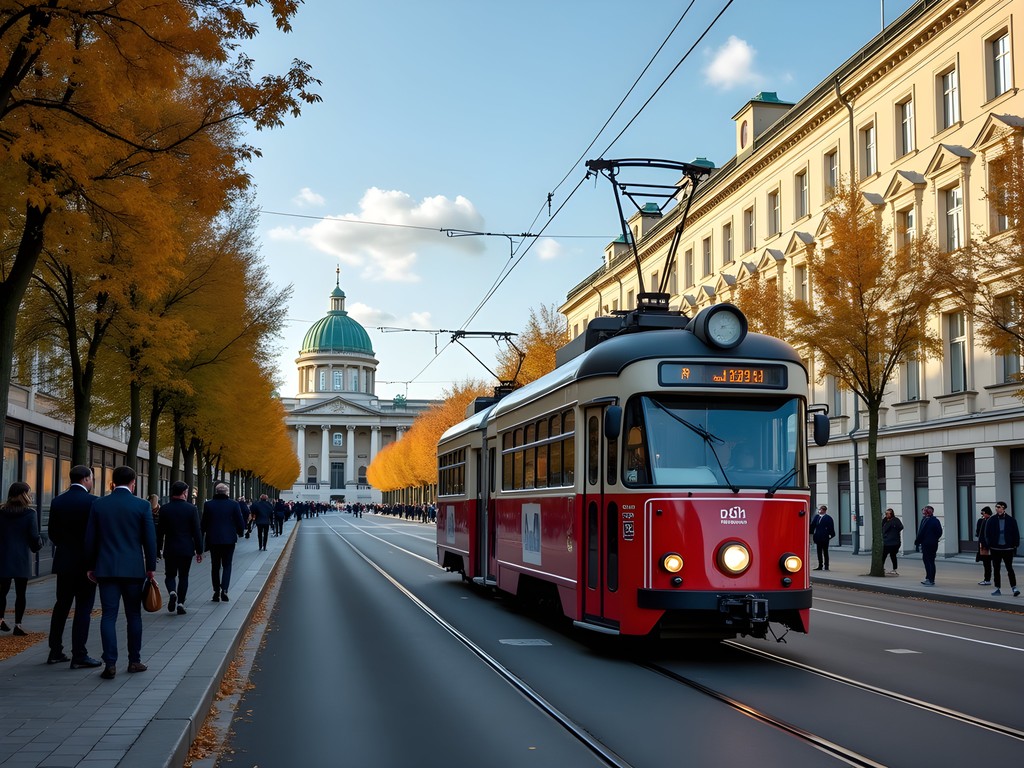
💡 Pro Tips
- The Vienna transit system operates on an honor system—but ticket inspections are frequent and fines are steep
- Trams offer the most scenic routes; the #1 and #2 trams circle the entire Ringstrasse
- When taking escalators in metro stations, stand on the right to allow locals in a hurry to pass on the left
Final Thoughts
Vienna exists in its own temporal dimension—a city where the past doesn't just inform the present but actively shapes it. What makes this Habsburg capital so compelling isn't just the grandeur of its palaces or the richness of its museums, but the way historical excellence permeates everyday life. From the meticulous preparation of a melange coffee to the precision of its public transportation, Vienna maintains standards established centuries ago.
As an educator at heart, I value how Vienna makes its history accessible without simplifying it. The city invites visitors to engage deeply, to look beyond the obvious Baroque facades and tourist-trail checkpoints. Whether you're tracing the intellectual foundations of modern Europe through its coffeehouses or hunting for vintage educational treasures in its markets, Vienna rewards the curious traveler.
While three days only scratches the imperial surface, this itinerary provides a balanced introduction to Habsburg history, Viennese culture, and the city's unique rhythm. I return to Vienna regularly, each visit revealing new layers of understanding—and I suspect you'll find yourself planning a return journey before your plane even leaves the tarmac. Until then, as the Viennese say, Servus und auf Wiedersehen!
✨ Key Takeaways
- Vienna's public transportation makes exploring the sprawling Habsburg sites remarkably efficient
- Fall brings smaller crowds and beautiful golden light to the imperial gardens and boulevards
- Coffee house culture isn't just about caffeine—it's about slowing down and observing Viennese society
- The city rewards those who venture beyond the obvious first district attractions
📋 Practical Information
Best Time to Visit
September-October or April-May
Budget Estimate
€120-200 per day per couple (excluding accommodation)
Recommended Duration
3-4 days
Difficulty Level
Easy


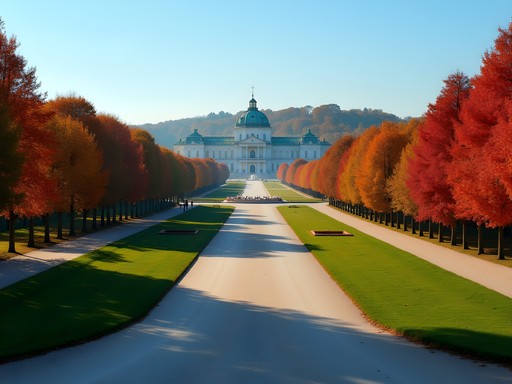
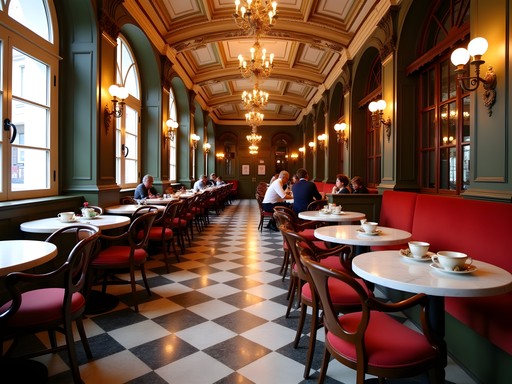
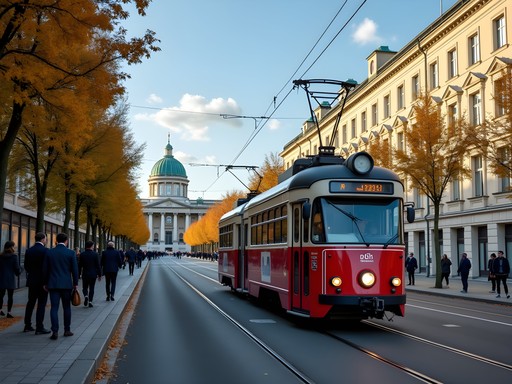


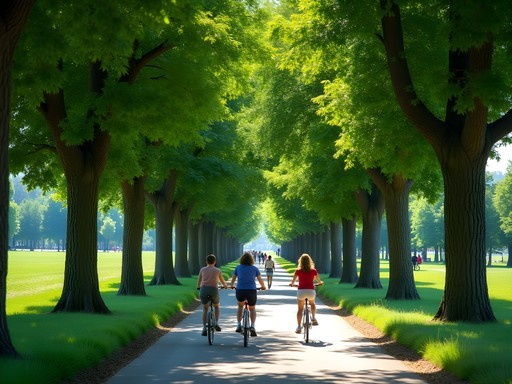
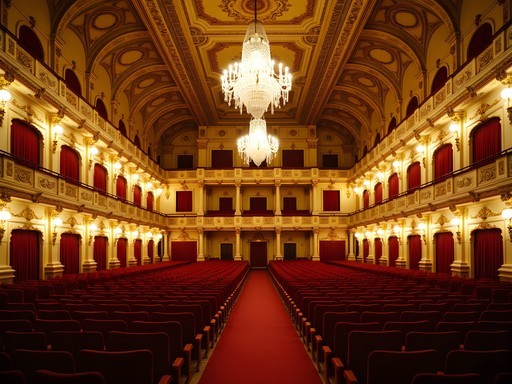
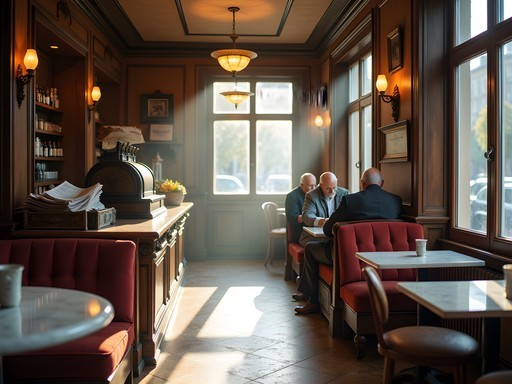
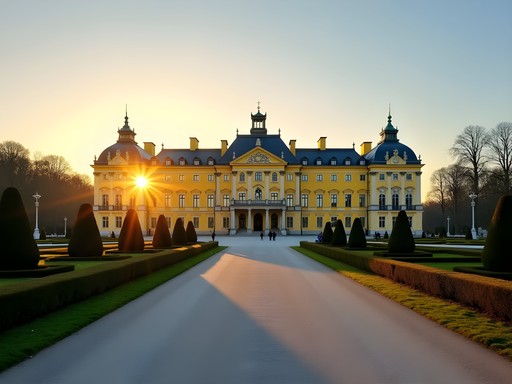




Comments
greenqueen
Just got back from Vienna last month and followed almost this exact route! Day 1 was our favorite - the Hofburg complex is MASSIVE though, we underestimated how long it would take. The Sisi Museum was the highlight for me, but my husband loved the Imperial Treasury. One tip: we bought the Vienna Pass which saved us a ton on entrance fees and let us skip some lines. Also, don't miss Café Central - yes it's touristy but the cake and the historic atmosphere were worth every euro!
globechamp
How crowded was Schönbrunn? Worth going early?
islandmate
This itinerary looks amazing! I'm planning a trip to Vienna in December - will the Christmas markets affect how I should plan my days? Any recommendations for which ones are worth visiting?
Claire Hawkins
December in Vienna is magical! The Christmas market at Schönbrunn Palace is my absolute favorite - you can combine it with your Day 2 palace visit. The one in front of City Hall (Rathausplatz) is the biggest but gets super crowded. I'd suggest doing your indoor activities during the day and saving the markets for evenings when they're all lit up!
islandmate
Thanks Claire! That's really helpful. I'll definitely plan around the evening markets!
moonchamp
Great itinerary! Any other coffee houses you'd recommend besides the ones mentioned? I'm a huge coffee nerd and Vienna's coffee culture is one of the main reasons I want to visit!
William Matthews
For coffee enthusiasts, definitely add Café Hawelka to your list - it's more local and less touristy than some of the famous spots. Also, Café Sperl has an amazing atmosphere and their mélange is perfect. Don't miss Café Sacher for the original Sachertorte experience!
Sage Dixon
Adding to William's great suggestions - check out Kleines Café in Franziskanerplatz. It's tiny but has such charm, and the coffee is excellent. Also, for something more modern, Café Ansari blends Viennese coffee tradition with Middle Eastern influences. Their cardamom coffee is incredible!
moonchamp
Thanks so much for these recommendations! Taking notes for my trip. Can't wait to experience Viennese coffee culture firsthand!
freeadventurer
How easy is it to get around Vienna with public transportation? Is the 3-day pass worth it? Planning my first trip there next spring!
William Matthews
Public transport in Vienna is fantastic! The U-Bahn (subway) and trams connect everything. For a 3-day visit like this itinerary, the Vienna City Card or 72-hour pass is definitely worth it - unlimited travel plus discounts at many museums and attractions.
backpackpro
Can confirm! We got the Vienna City Card and it paid for itself just in the first day. Super easy to navigate too, even if you don't speak German.
Sage Dixon
William, your itinerary brought back so many memories! I was in Vienna last winter and found myself completely enchanted by the imperial grandeur. One thing I'd add for anyone going in colder months - the Christmas markets around Schönbrunn and Belvedere are magical experiences that showcase Habsburg splendor in a different light. I spent hours wandering through Naschmarkt sampling local delicacies and found an incredible antique shop nearby with Habsburg-era postcards. For anyone following this itinerary, I'd recommend setting aside extra time for the State Hall of the Austrian National Library - I literally gasped when I walked in. It's like stepping into Beauty and the Beast, but real! I tracked my entire journey with travel journal which has maps and dedicated sections for food experiences.
backpackpro
Just got back from Vienna last month and this itinerary hits all the sweet spots! The Habsburg history is everywhere you turn. We actually spent an extra day at Schönbrunn because the gardens are massive and totally worth exploring. The coffee house recommendation for Café Central was spot on - I had the most amazing Sachertorte there while pretending to be a 19th century intellectual lol. Did you get a chance to check out the Spanish Riding School? We caught a morning exercise session and it was incredible.
William Matthews
Thanks! I did see the Lipizzaners at the Spanish Riding School - absolutely mesmerizing. You're right about Schönbrunn deserving more time. The gardens alone could take a full day, especially in spring or summer!
backpackpro
Totally! And the maze was way more challenging than I expected. Your photos of the Belvedere are stunning btw!
Venture X
Premium card with 2X miles, $300 travel credit, Priority Pass